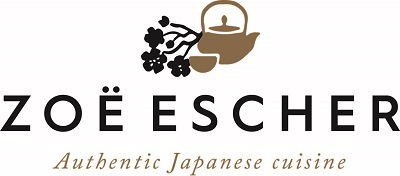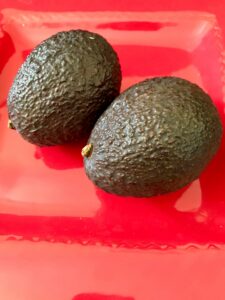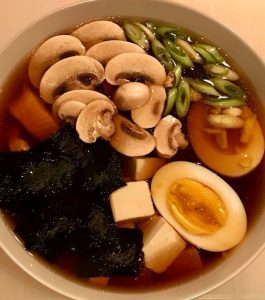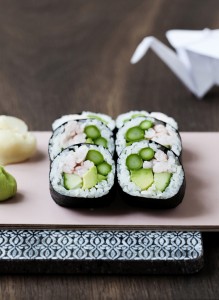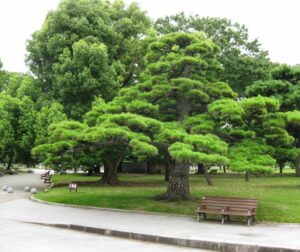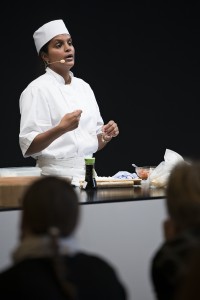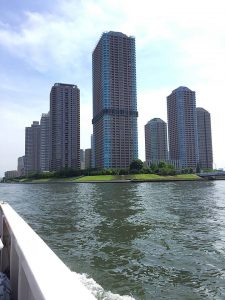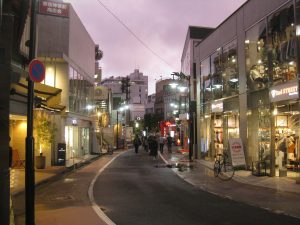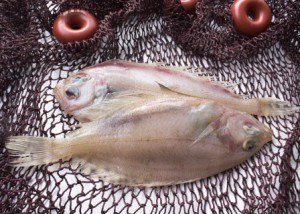
In Japan, many different kinds of fish are used for sushi.
The selection of fish is very very large. Each season offers many different tasty fish.
In Japan, fish is something very special. It is so for several reasons.
Fish in Japan is very fresh. The fish is so fresh that it has only been dead a few hours before it ends up on the dinner table in Japanese homes or sushi restaurants.
The quality of raw materials means extremely much to the Japanese. It should be as fresh as possible.
Some restaurants choose to have a large pool of fish as part of the restaurant. Once guests have placed their order, fish is caught and, prepared for sushi or another tasty dish.
It gives a completely different food experience, as the fish has a completely different consistency. It can be compared to live lobsters, which are first killed just before being placed in a pot of boiling water.
Read more about Japanese sushi course for beginners
_
Zoë has lectured and held sushi courses for A. P. Moller – Maersk, Hugo Boss Nordic, Novo Nordisk, Novartis, Velux, Gorrissen Federspiel, Beierholm revision, Elbek & Vejrup and many more.
